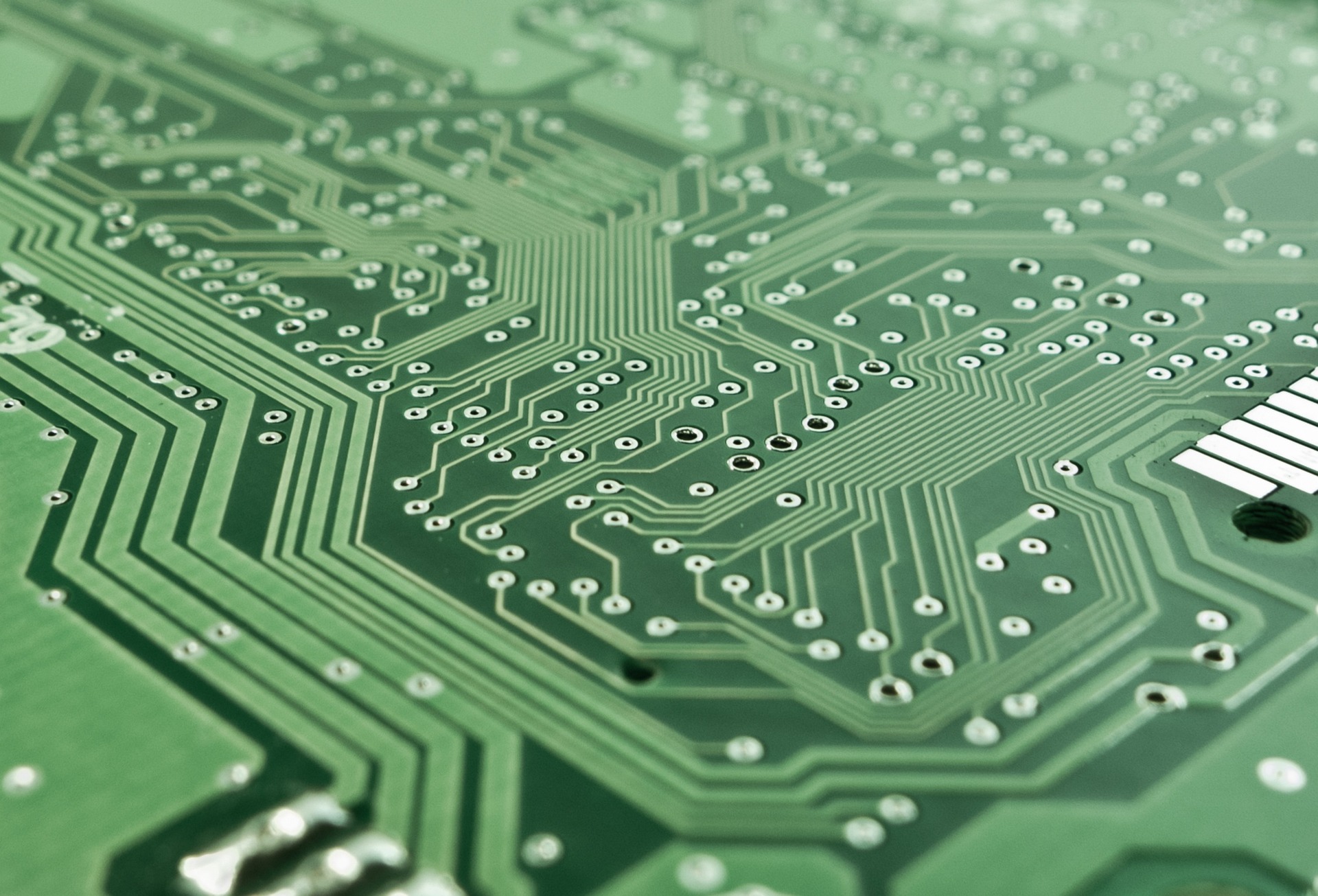"Next-Gen Photonic Computing: A Leap Forward in the World of Data Processing"
In the perpetual pursuit of faster, more efficient computing, the tech world is turning to light. Photonic computing, where photons replace electrons for data processing, is a burgeoning field with the potential to revolutionize the technology landscape. Here's a closer look at this fascinating development and why it matters in today's digital age.

A Glimpse into the Past: The Evolution of Photonic Computing
Photonic computing is not a new concept. The idea of using light to process information can trace its roots back to the early 1960s when scientists began to explore the potential of optical fibers. However, it wasn’t until the 1980s, when fiber-optic communication systems started to gain prominence, that the concept began to take shape. The advent of Silicon Photonics in the early 2000s was a significant breakthrough, allowing for the integration of optical components onto silicon chips, thus paving the way for the development of photonic computers.
Photonic Computing: Here and Now
Today, the field of photonic computing is experiencing a resurgence, fueled by advancements in technology and a growing need for faster, more energy-efficient computing. Researchers at universities and tech companies worldwide are working on developing photonic chips that can process information at the speed of light, offering a potential solution to the limitations of current electronic-based computing systems.
What Does Photonic Computing Bring to the Table?
Photonic computing promises to deliver several key advantages over traditional electronic-based computing. First and foremost, it allows for significantly faster data processing speeds, as light travels much faster than electricity. Furthermore, photonic chips generate less heat and are more energy-efficient, reducing the need for cooling systems and making them a more sustainable option for data centers.
The Market Impact of Photonic Computing
While it’s difficult to estimate the exact price range of photonic computers at this stage, their market impact can be substantial. The demand for faster, more energy-efficient computing solutions is rising, particularly in industries like cloud computing, AI, and big data analysis, where large amounts of data need to be processed quickly. Photonic computing could offer a viable solution to these needs, potentially leading to a significant shift in the market dynamics.
The Road Ahead: Challenges and Opportunities
Despite the promises, photonic computing is still in its nascent stages, with several technical challenges to overcome. One of the main hurdles is the integration of photonic components with existing electronic systems. However, with continued research and technological advancements, the future of photonic computing looks promising.
In conclusion, photonic computing represents a significant leap forward in the world of data processing. While there are challenges to be overcome, the potential benefits of this technology make it an exciting area to watch in the coming years.





